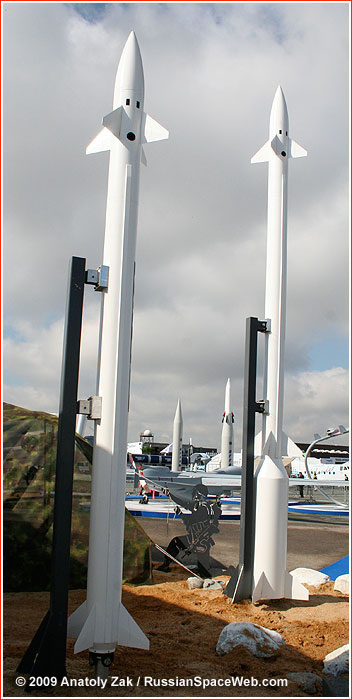CorporateAffairs
SENIOR MEMBER

- Joined
- Sep 27, 2011
- Messages
- 2,742
- Reaction score
- -11
- Country
- Location
INS Visakhapatnam, Navy's Most Powerful Destroyer
NEW DELHI: Three days before it is launched, fresh details have emerged about the Navy's newest destroyer, the Project 15B Visakhapatnam Class. Four ships of this class are being built in a Rs.29,340 crore project.
While the first ship will be named INS Visakhapatnam, NDTV has learnt that two of her three sister ships may be called INS Porbandar and INS Marmagoa. The final ship of the class will likely bear the name of a port in Gujarat. The names of the warships will need to be cleared by the President before being finalised.
At 7,300 tonnes, Visakhapatnam will be the largest destroyer commissioned in the country and will be equipped with the Israeli Multi Function Surveillance Threat Alert Radar (MF-STAR) which will provide targeting information to 32 Barak 8 long-range surface to air missiles onboard the warship.
The Barak 8 missile being co-developed with Israel is at present being integrated in the Navy's new destroyer, INS Kolkata and will be test-fired by October this year. Like the INS Kolkata, the Visakhpatnam will be able to fire 16 long range Brahmos anti-ship missiles.
There are some important differences between the Navy's Kolkata class destroyers and the Visakhapatnam class though they share the same hull-design and Ukrainian-built Zorya gas turbines.
NEW DELHI: Three days before it is launched, fresh details have emerged about the Navy's newest destroyer, the Project 15B Visakhapatnam Class. Four ships of this class are being built in a Rs.29,340 crore project.
While the first ship will be named INS Visakhapatnam, NDTV has learnt that two of her three sister ships may be called INS Porbandar and INS Marmagoa. The final ship of the class will likely bear the name of a port in Gujarat. The names of the warships will need to be cleared by the President before being finalised.
At 7,300 tonnes, Visakhapatnam will be the largest destroyer commissioned in the country and will be equipped with the Israeli Multi Function Surveillance Threat Alert Radar (MF-STAR) which will provide targeting information to 32 Barak 8 long-range surface to air missiles onboard the warship.
The Barak 8 missile being co-developed with Israel is at present being integrated in the Navy's new destroyer, INS Kolkata and will be test-fired by October this year. Like the INS Kolkata, the Visakhpatnam will be able to fire 16 long range Brahmos anti-ship missiles.
There are some important differences between the Navy's Kolkata class destroyers and the Visakhapatnam class though they share the same hull-design and Ukrainian-built Zorya gas turbines.
- The Visakhapatnam will be armed with a 127 mm main gun while the INS Kolkata has a 76mm Super Rapid Gun Mount (SRGM). Both classes share the AK-630 close-in anti-missile gun system.
- The sonar of the Visakhapatnam will be bow mounted and will feature a a revised bridge layout.
- The design of the mast, which features the main radar has been revised. The Visakhapatnam will provide its crew greater protection in a nuclear, chemical or biological warfare scenario.
- She also features a rail-less helicopter traversing system to secure the helicopter she carries in heavy sea conditions.
- Central to the Visakhapatnam is network-centric layout. She is equipped with a Ship Data Network (SDN), an Automatic Power Management System and a Combat Management System. Essentially, all information critical for the operation of the warship during all operations is available to key officers through the SDN which the Navy describes as a data information highway.
- The Visakhapatnam is being launched on April 20 and will be delivered to the Indian Navy in July 2018. The remaining three ships will be delivered at an interval of two years each.



 lol By the way Ukraine seems to be suppying its gas turbine engines to many countries, guess they got it from the break down of the U.S.S.R, im i right?
lol By the way Ukraine seems to be suppying its gas turbine engines to many countries, guess they got it from the break down of the U.S.S.R, im i right?




